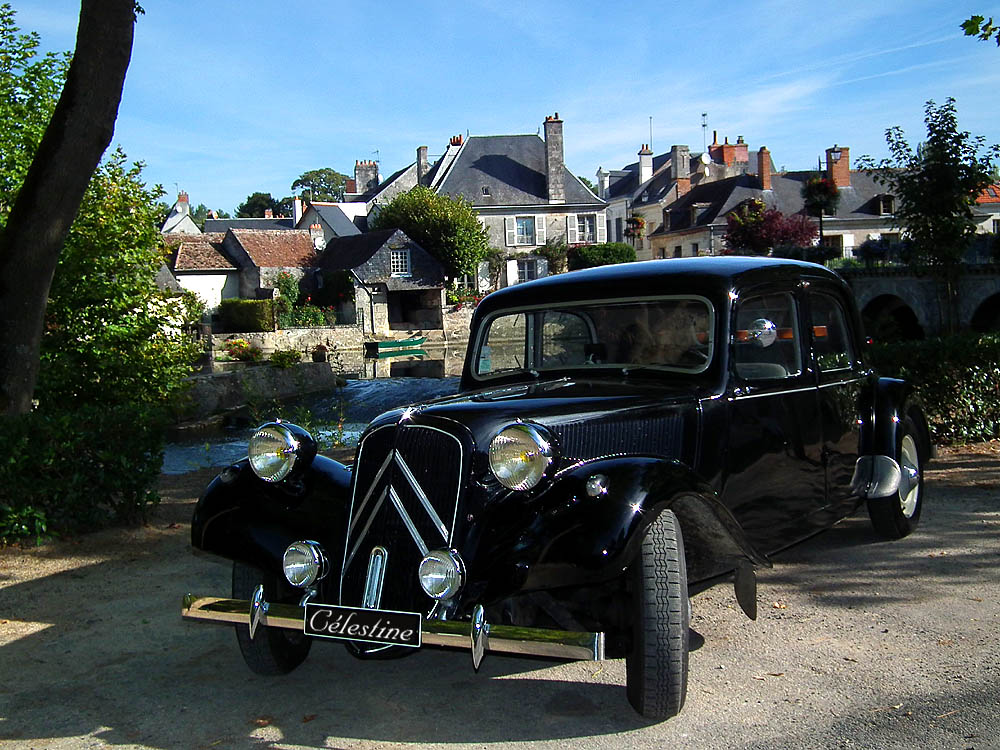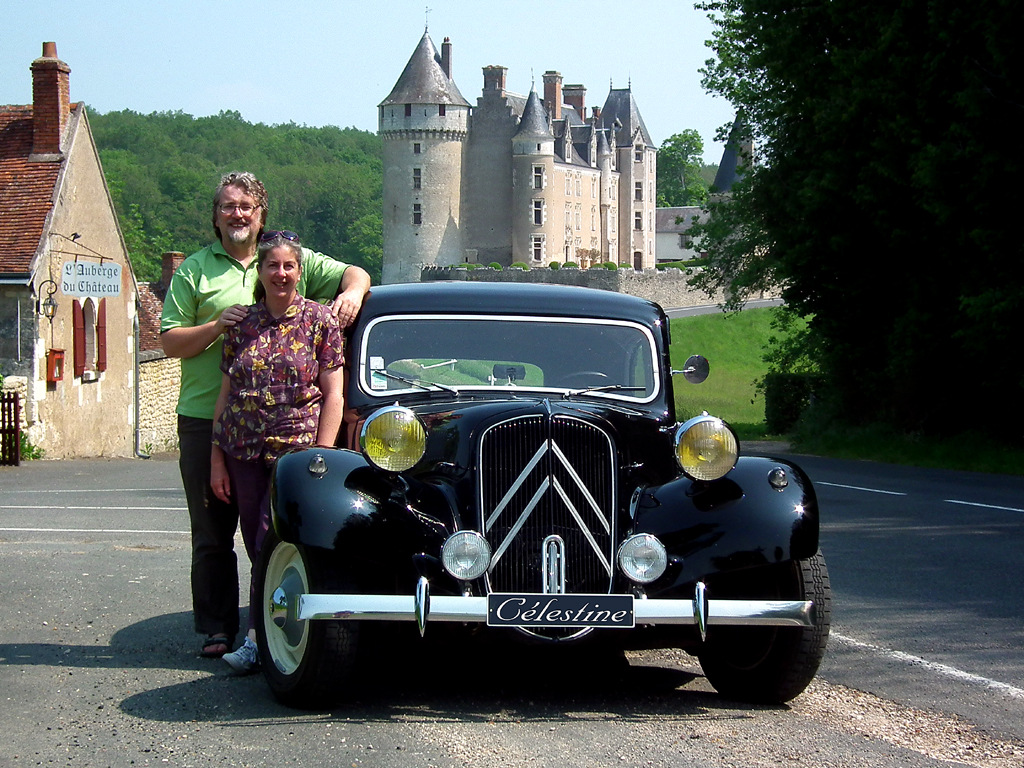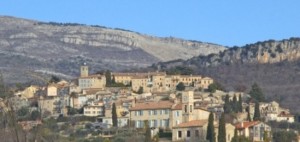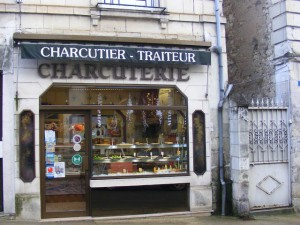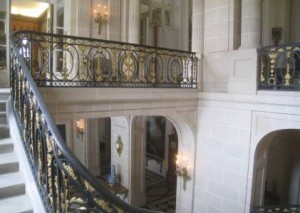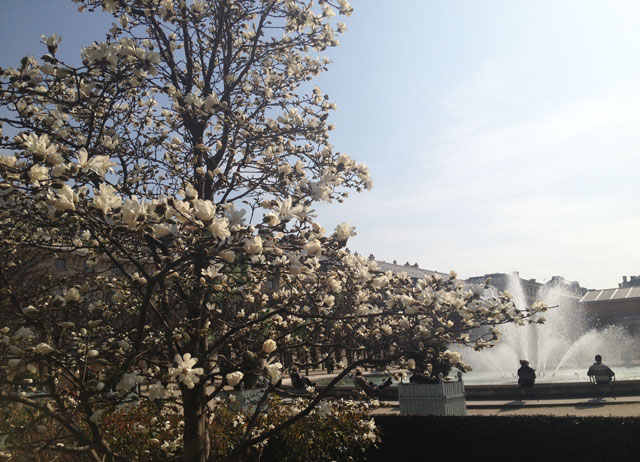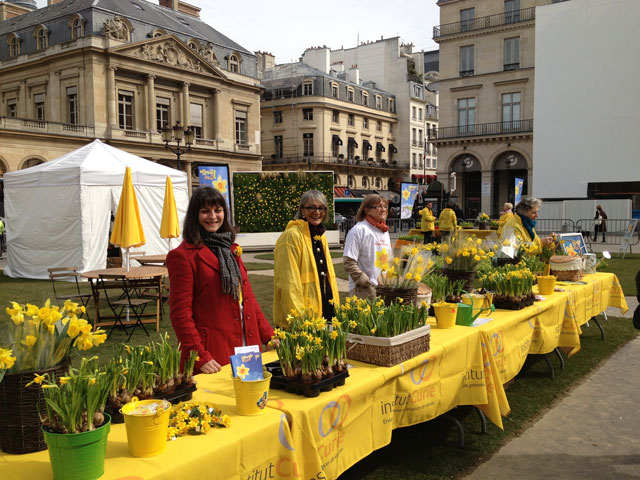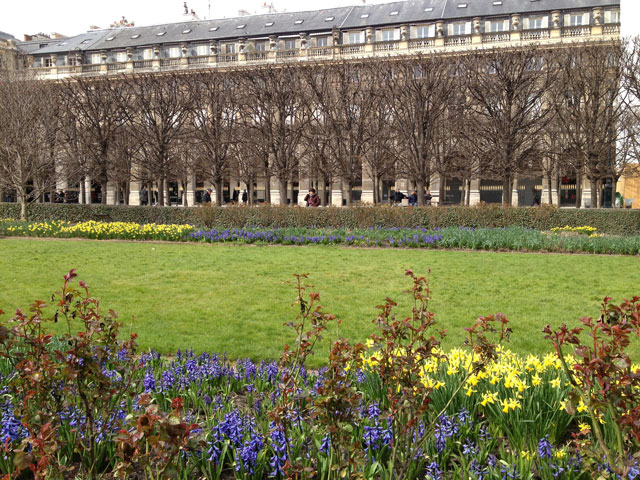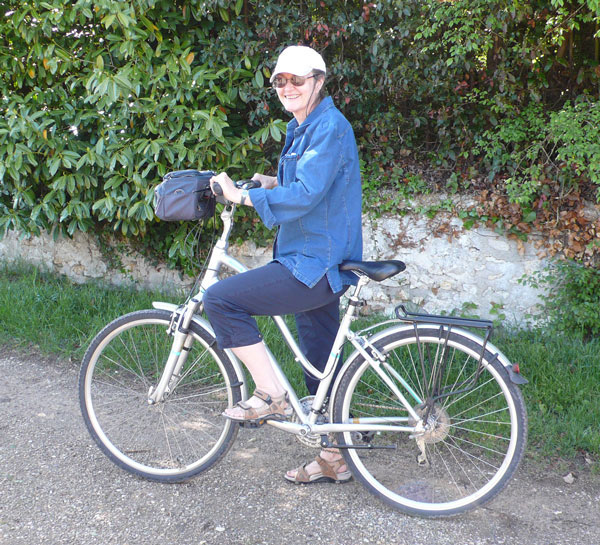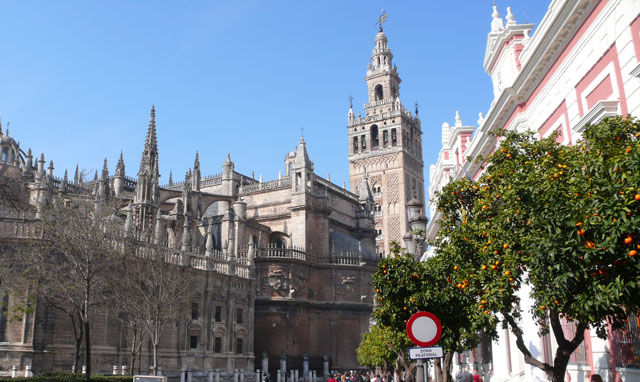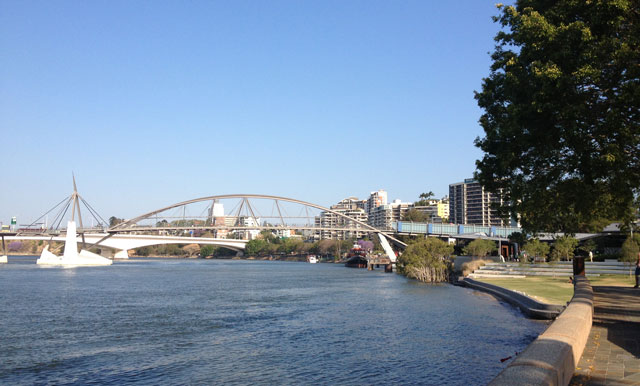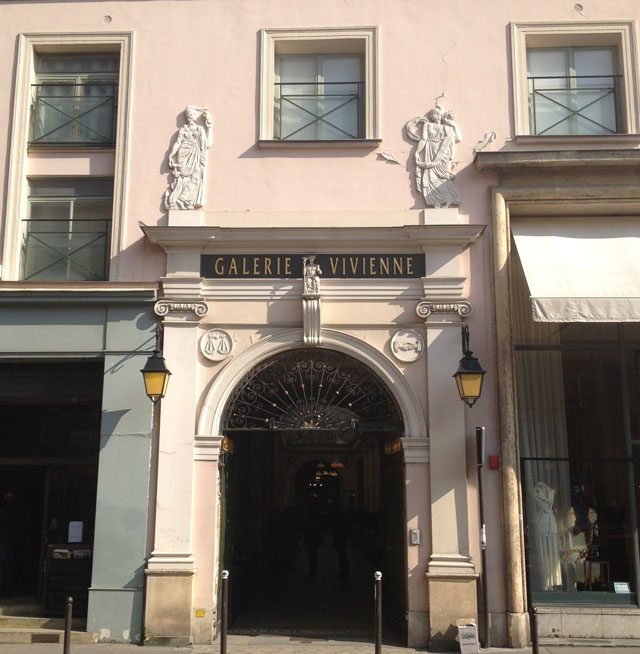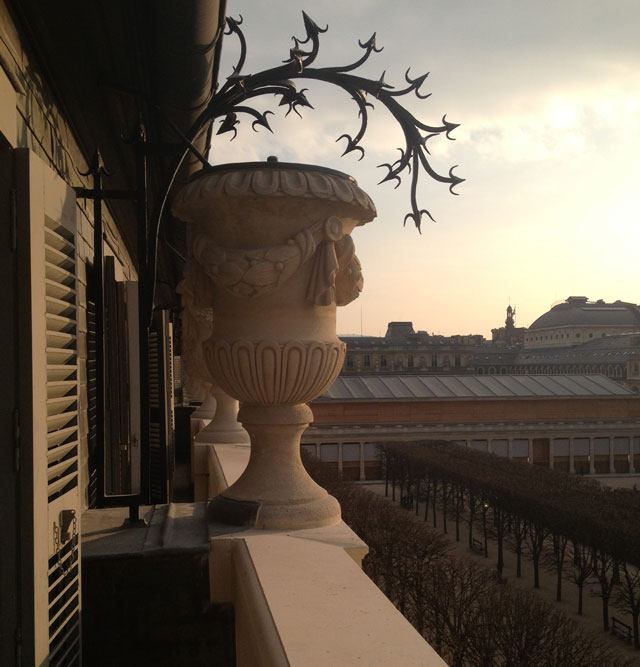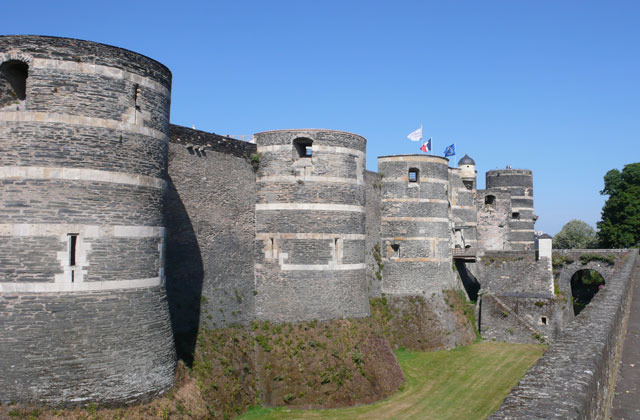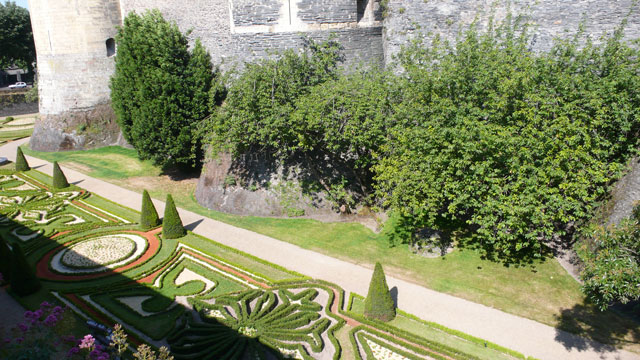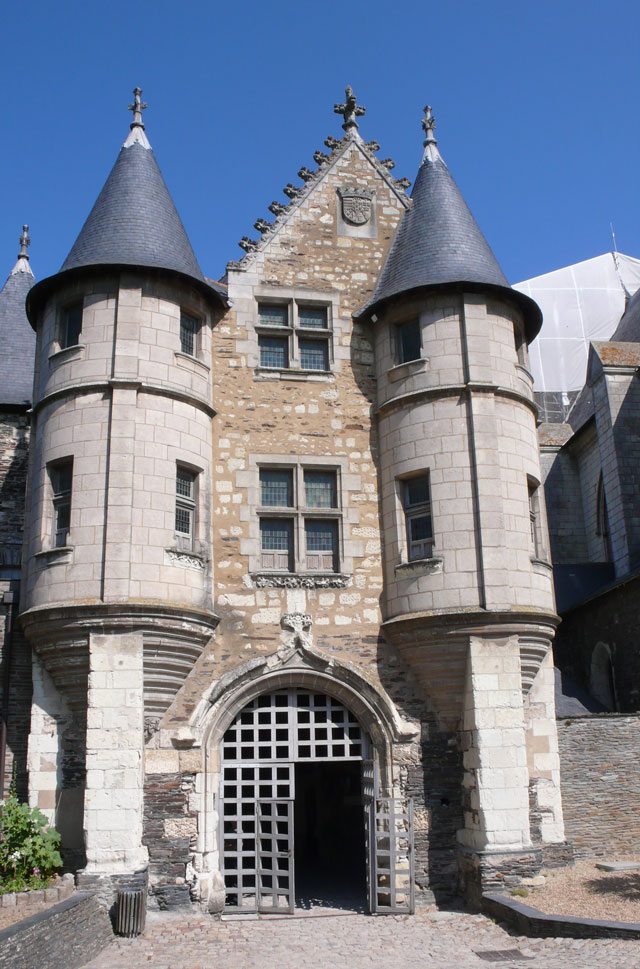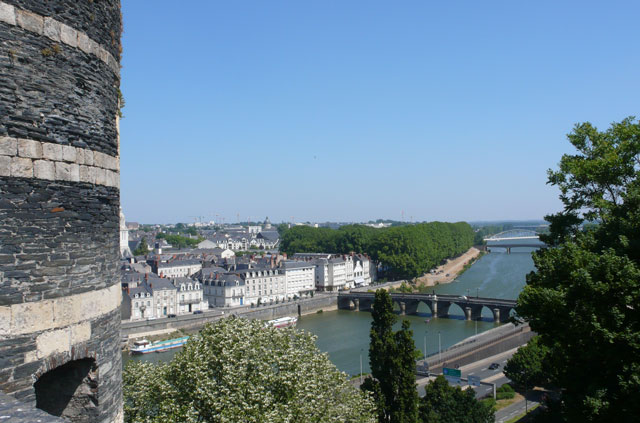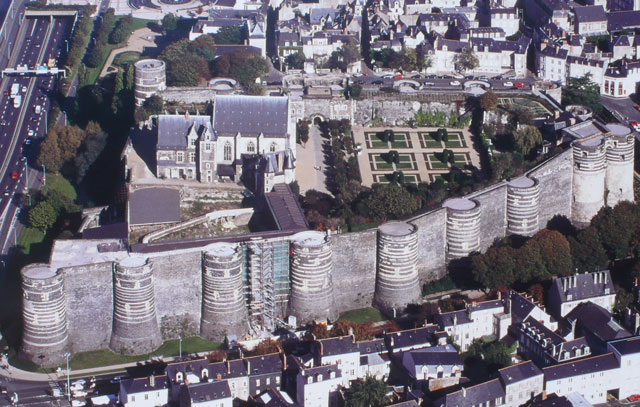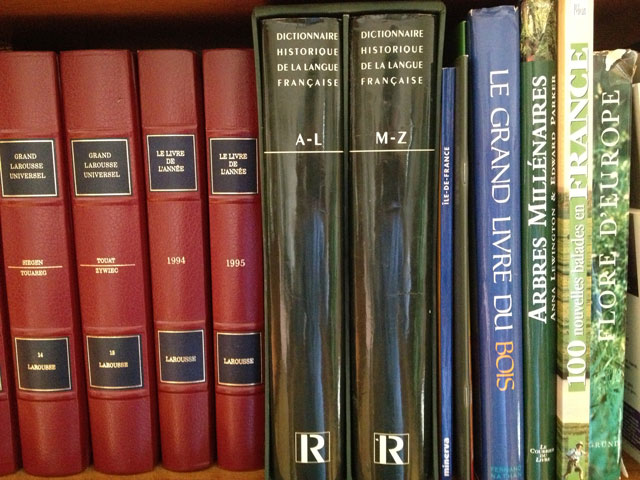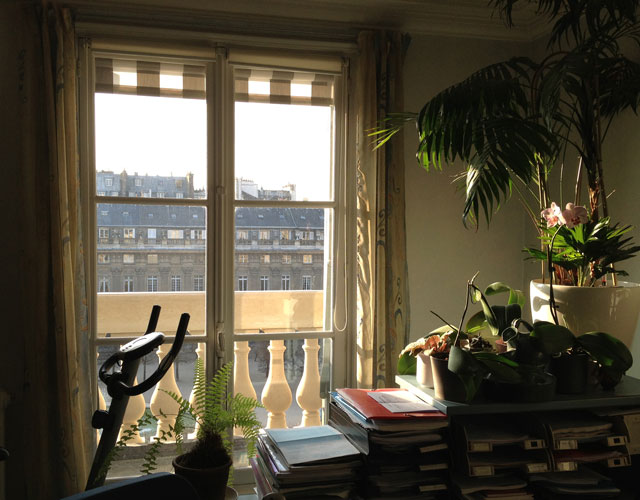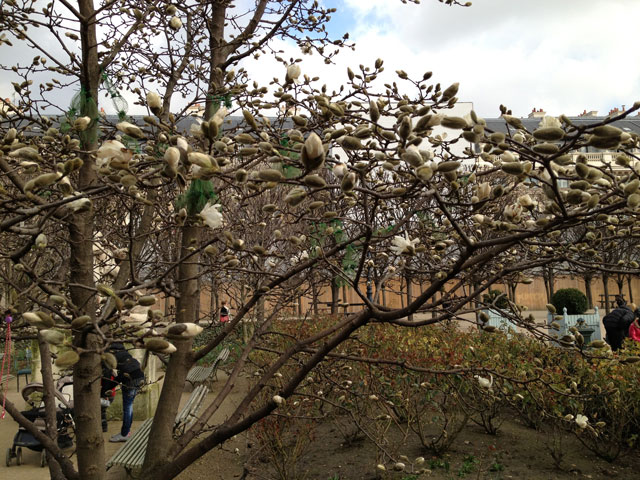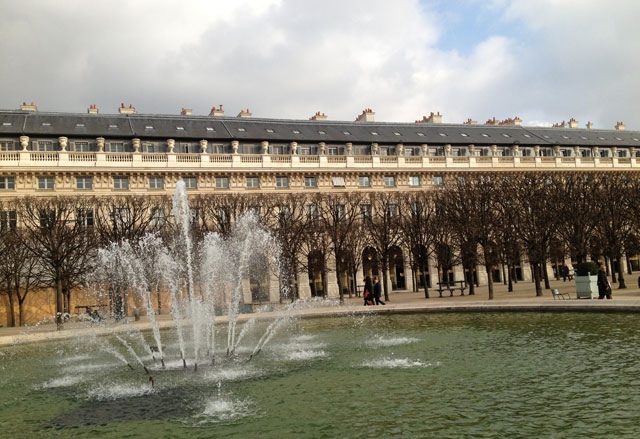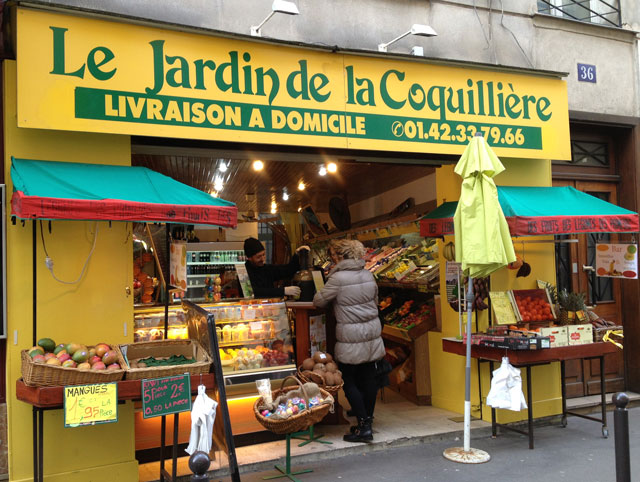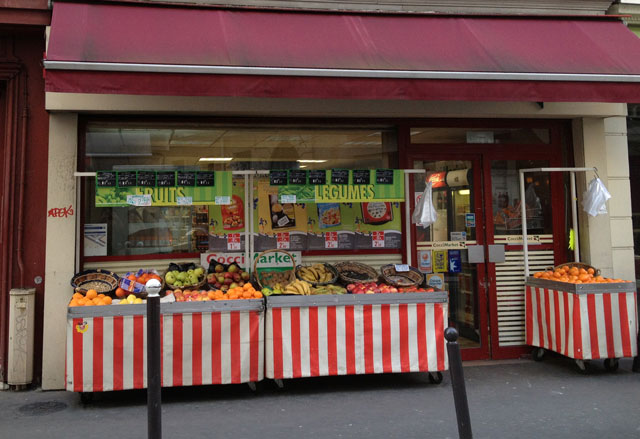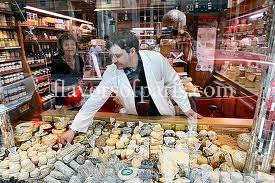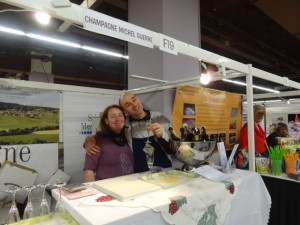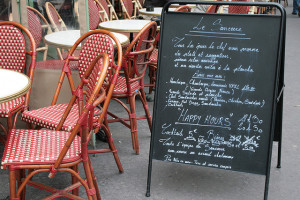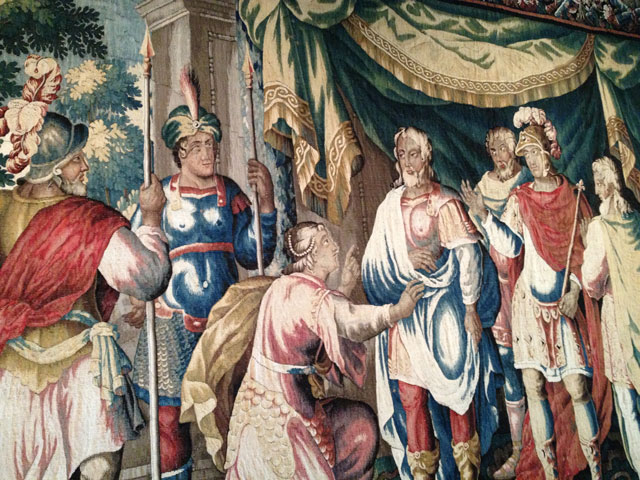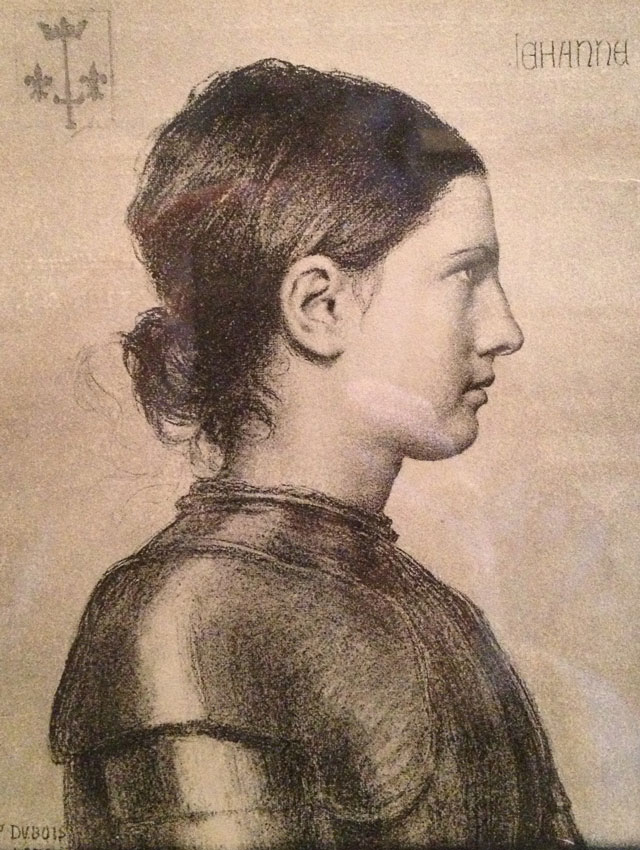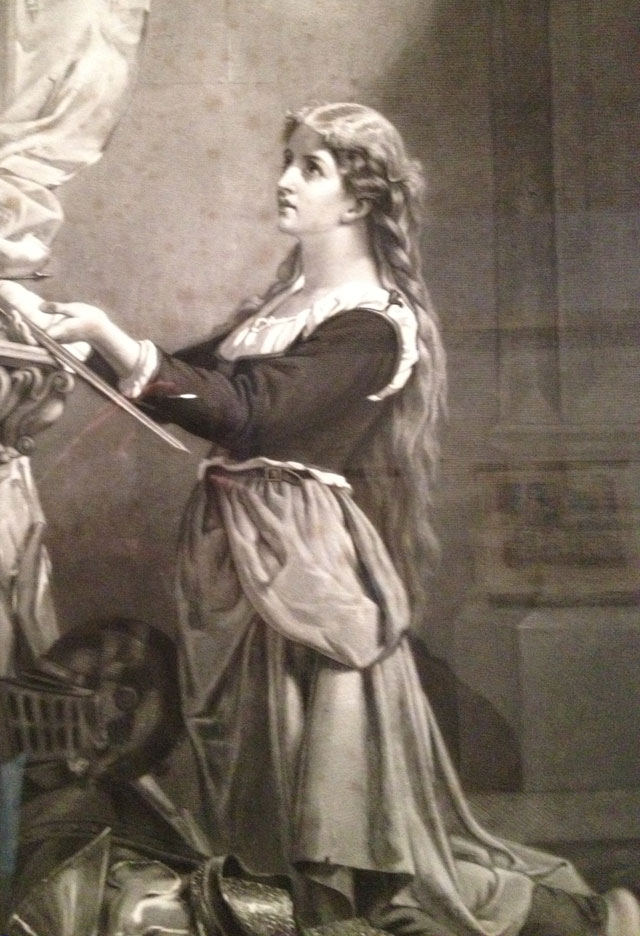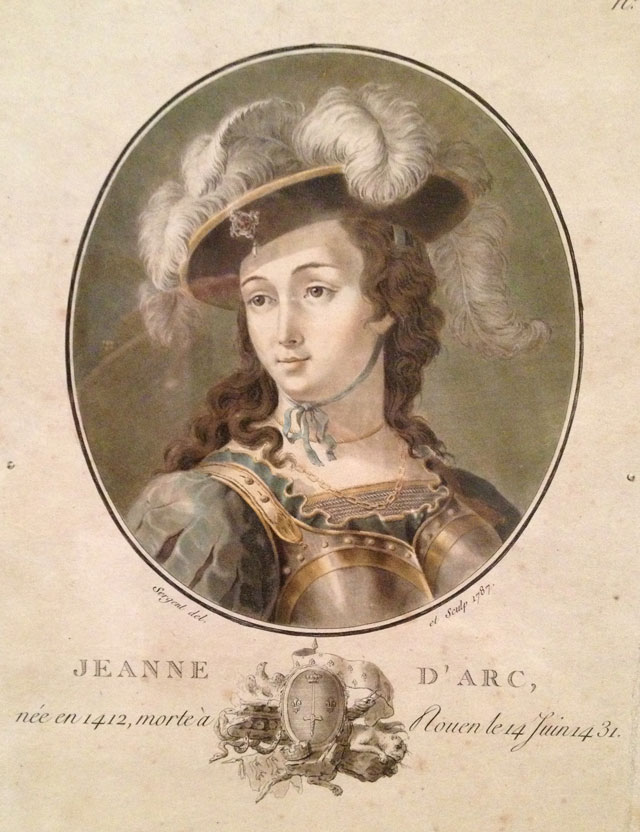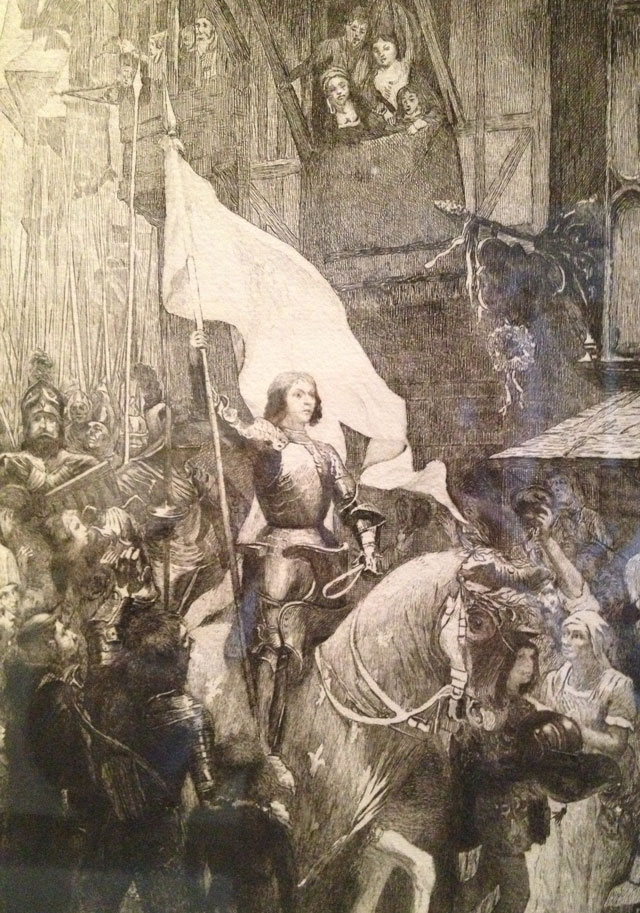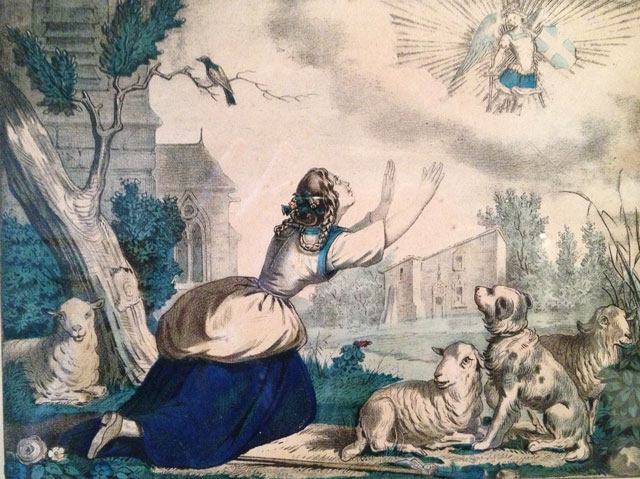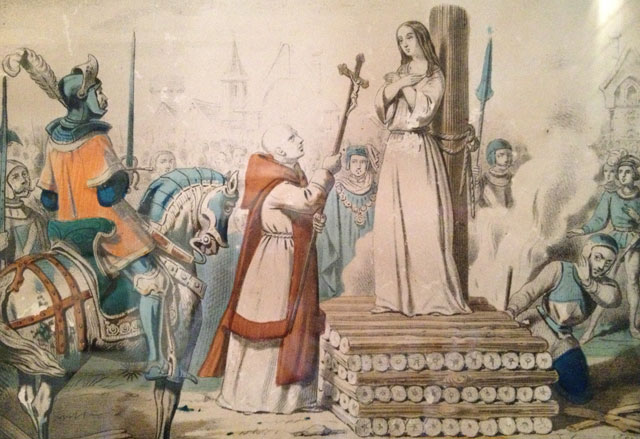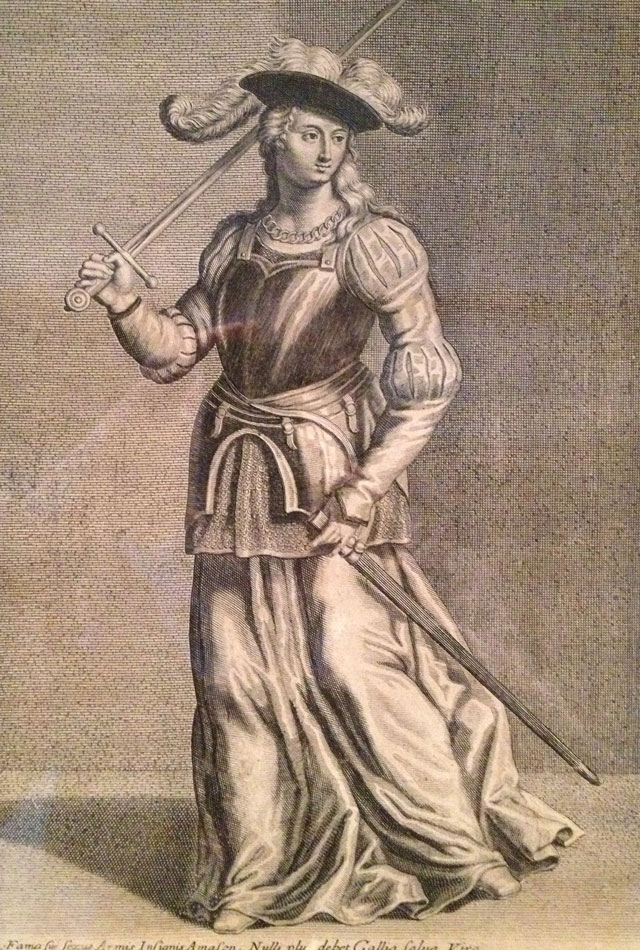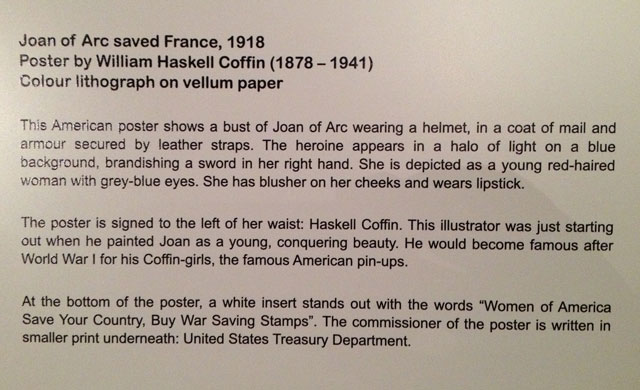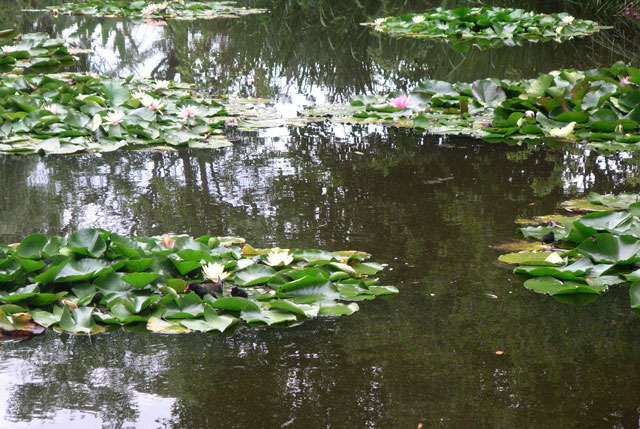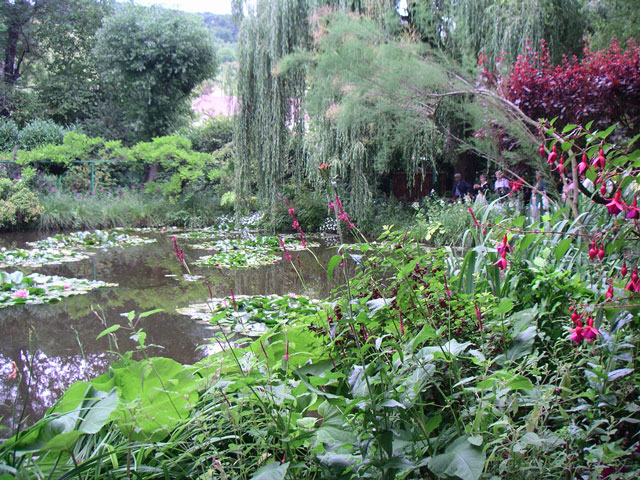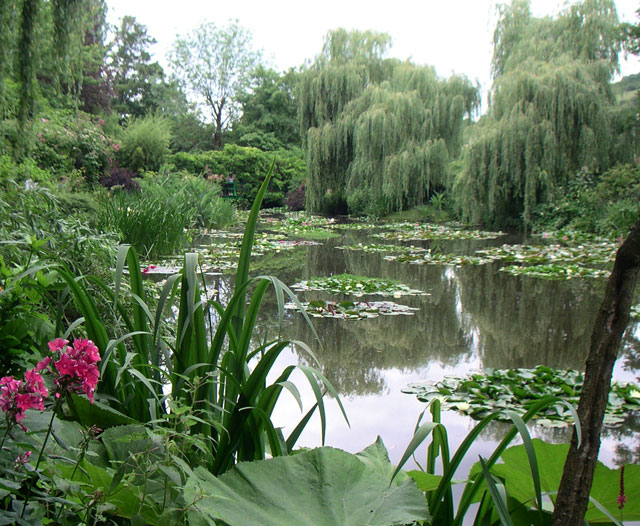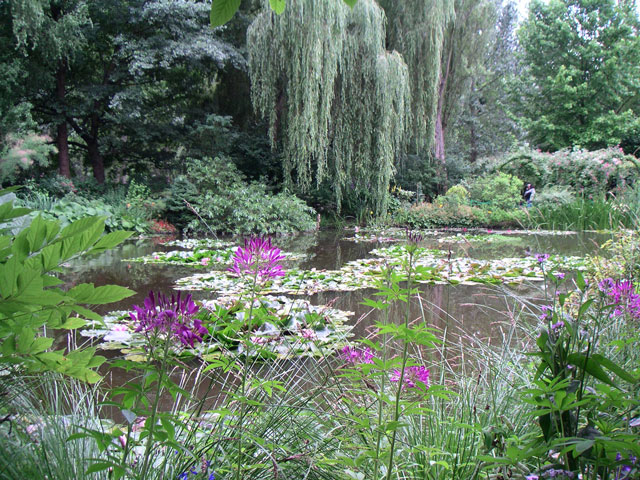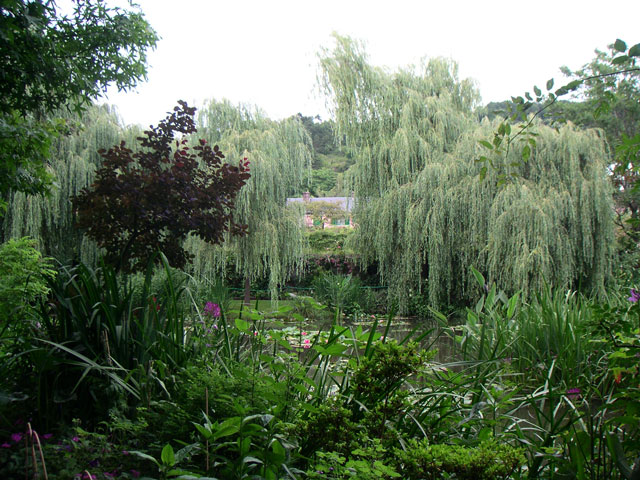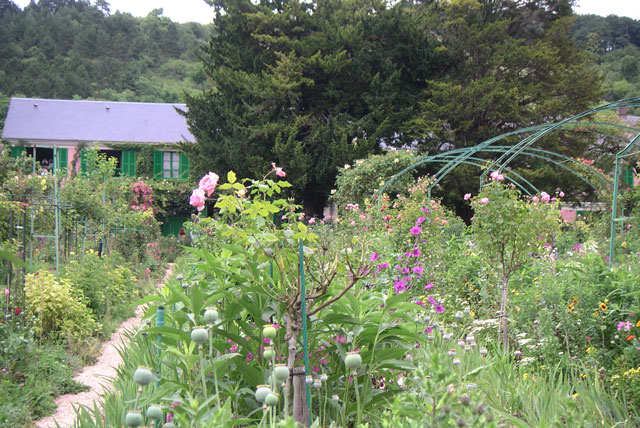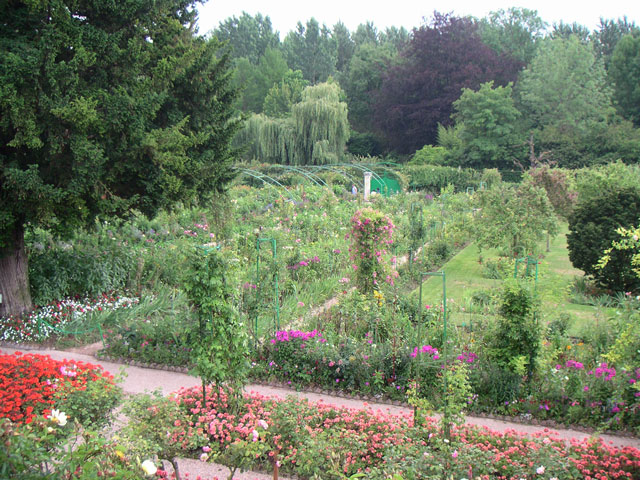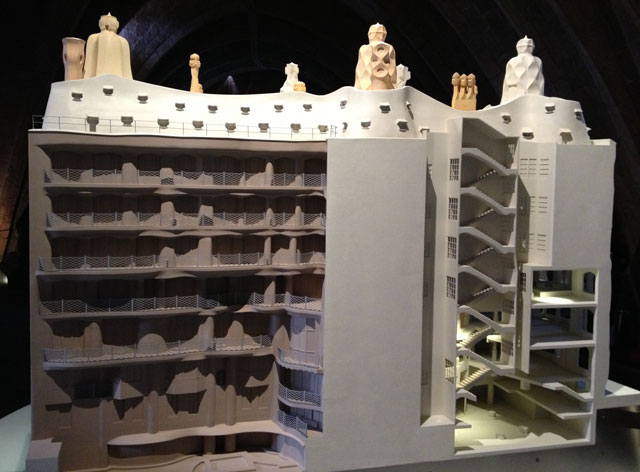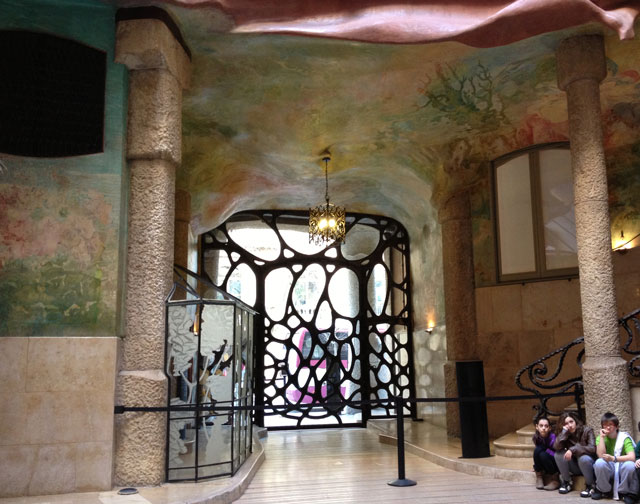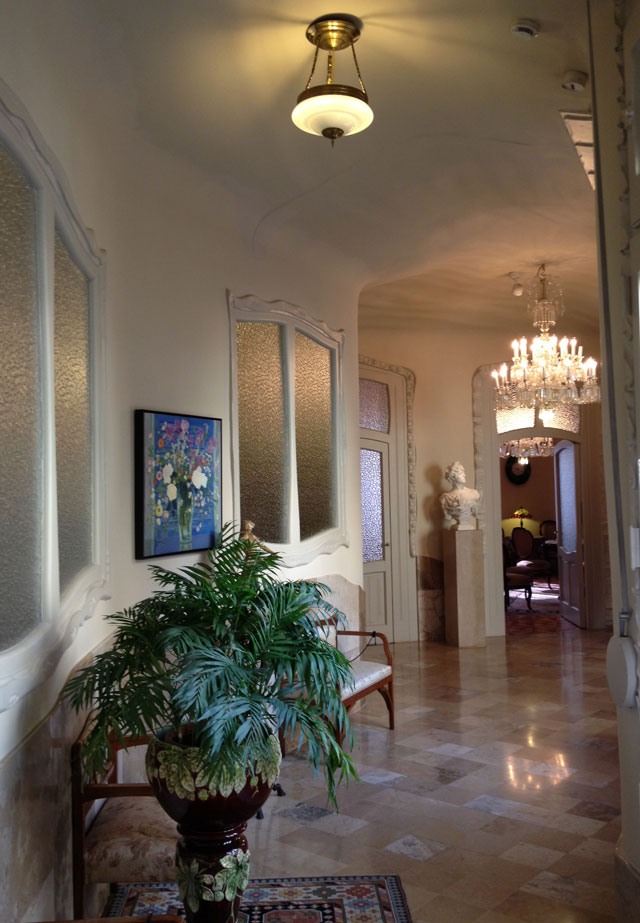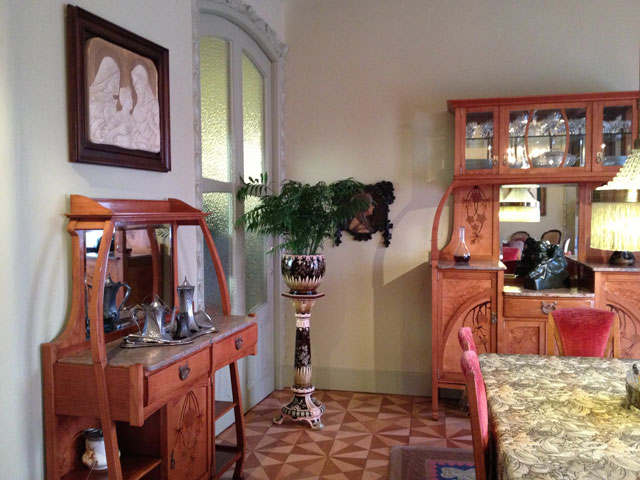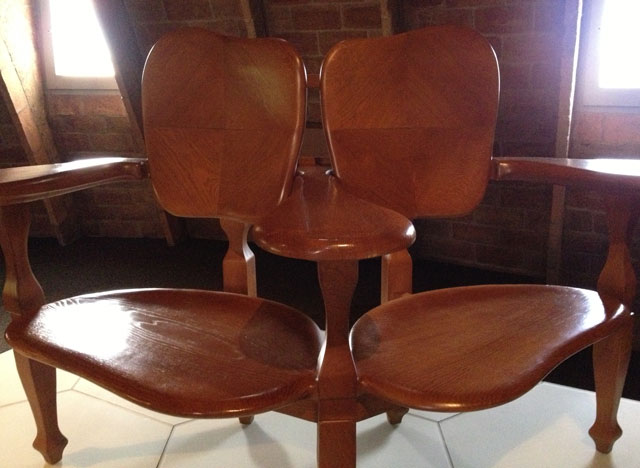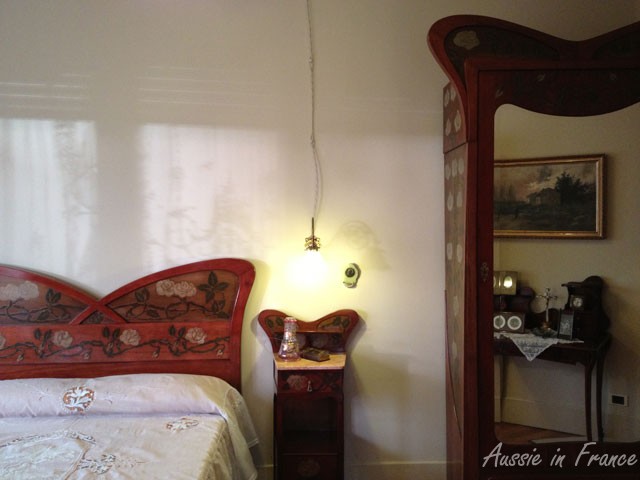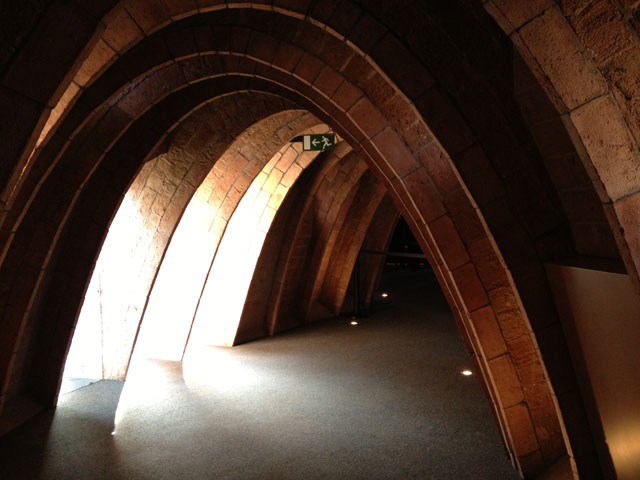You no doubt read Susan’s description of a country “Charcuterie” in yesterdays’s bloggers’ round-up. But she doesn’t just spend her time buying “persillé” – she also runs a business. Susan and Simon and Célestine, their 1953 Citroen Traction Avant vintage car, who has just acquired a little sister called Claudette, take visitors on luxury tours of the Loire Valley, visiting châteaux and tasting wine. What more can you ask of life? My post on My French Life this month gives all the details!
Now before you go any further, I’d just like to tell you about a competition I was invited to enter recently. You may remember that I received an honour award from Expat Blogs last year thanks to your help. They are currently running an expat contest. You’ll find my entry, “Ten Top Châteaux in the Loire Valley, if you click here. Please feel free to make a comment and twittter the post if you enjoyed it. You might help me win a prize.
And now for Susan, Simon and Celestine!
Introducing Célestine, Susan & Simon of Loire Valley Time Travel in France
What better way to visit the beautiful French châteaux of the Loire Valley than in a shiny black 1953 Citroën Traction Avant!
When I learnt that Loire Valley Time Travel is run by two fellow Australians, I was curious to hear their story and learn more about their tours.
Susan and Simon lived in England for many years before coming to the Loire Valley. Susan, the tour leader, worked in one of the world’s leading heritage organisations and has a particular interest in textiles and costume. Having originally trained as a hotel manager, she is passionate about the food and recipes of the Touraine region.
Simon, the driver, was formerly a professional musician and teacher. He loves Célestine and thinks that 80 km/h is the perfect speed to cruise through the countryside. He’s very willing to stop and have visitors take photos or just soak up the scenery. After all, none of the historical sites in the area will disappear “if we take 10 minutes longer to get there,” he says. Read more

